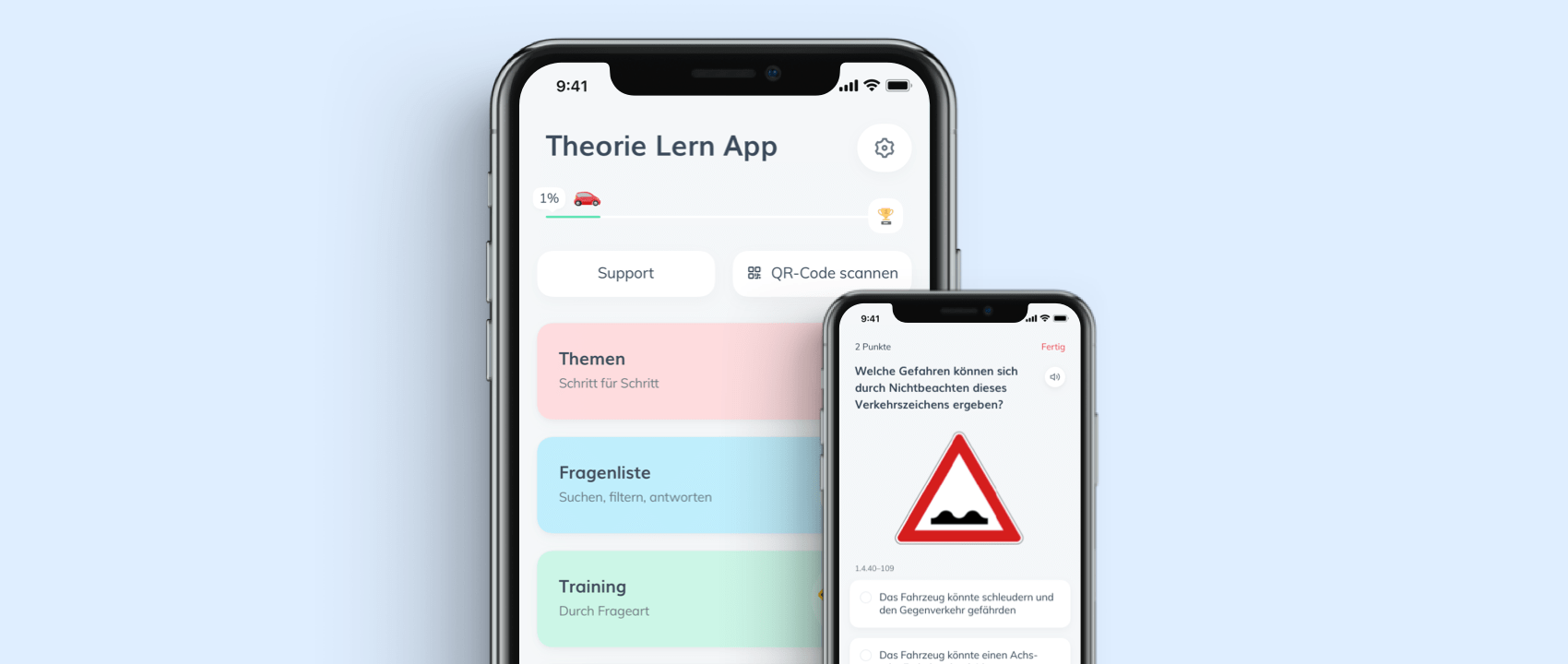Pergunta: 2.1.03-020
4 Pontos
Licenças:
A
A1
A2
B
Quando pode tornar-se vento lateral forte especialmente perigoso?
Escolha uma ou várias respostas corretas
A maioria dos alunos aprende no aplicativo ClickClickDrive. Está disponível para Android e iOS.


Comente
Mudando direções do vento são perigosos durante a condução. rajadas súbitas pode pegar seu veículo e empurrá-lo de lado. Você tem que countersteer fortemente para manter seu veículo na pista. Se o vento muda de direção, você tem que reagir rapidamente e ajustar seu comportamento de direção. crosswind forte é um perigo especialmente em pontes e em nível, subdesenvolvido e terreno unwooded. Se você ultrapassar um ou mais caminhões, você terá que esperar mudanças nas condições de pressão ao entrar no turbilhão do caminhão e ao sair do caminhão. Na corredores florestais ou ao sair de áreas arborizadas, um vento cruzado forte também pode bater-lhe abruptamente. - Changing wind directions are dangerous when driving. Sudden gusts can catch your vehicle and push it aside. You have to countersteer strongly to keep your vehicle in the lane. If the wind changes direction, you have to react quickly and adjust your steering behavior. Strong crosswind is a danger especially on bridges and on level, undeveloped and unwooded terrain. If you overtake one or more trucks, you will have to expect changing pressure conditions when entering the slipstream of the truck and when leaving the truck. At forest aisles or when leaving wooded areas, a strong crosswind can also hit you abruptly. - Wechselnde Windrichtungen sind beim Autofahren gefährlich. Plötzliche Böen können Ihr Fahrzeug erfassen und zur Seite drücken. Sie müssen stark gegenlenken, um Ihr Fahrzeug in der Spur zu halten. Ändert der Wind seine Richtung, müssen Sie schnell reagieren und Ihr Lenkverhalten anpassen. Starker Seitenwind ist besonders auf Brücken und auf ebenem, unbebautem und unbewaldetem Gelände eine Gefahr. Wenn Sie einen oder mehrere Lkw überholen, müssen Sie bei kräftigem Seitenwind mit veränderten Druckverhältnissen beim Eintritt in den Windschatten des Lkw und beim Wiederaustritt rechnen. An Waldschneisen oder beim Verlassen bewaldeter Gebiete kann ein starker Seitenwind Sie ebenfalls unvermittelt treffen.